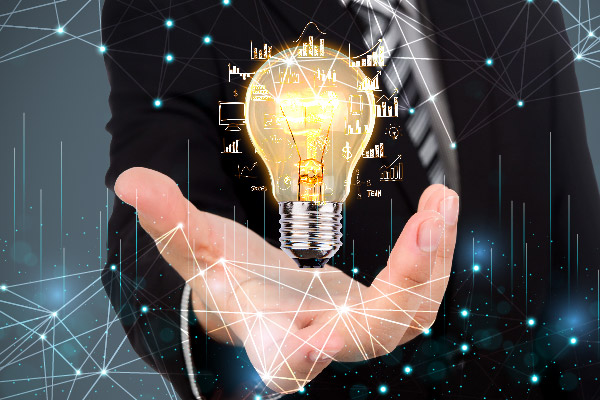

According to the newly published 2019 Deep UV LED Application Market- Sterilization, Purification and Water Treatment Markets report by LEDinside, a division of TrendForce, UV LED manufacturers did not see an explosive growth in revenue as expected for 2018 due to the global recession, yet it did see a steady increase. UV-LED revenues are expected to ride UV-C LED market demand and arrive at US$991 million, registering a CAGR of 29% between 2017 and 2023.
According to analyses by LEDinside Research Manager Joanne Wu, global supplier rankings by revenue have been reshuffled as Japanese and Korean manufacturers move eagerly into the UV LED market. They are as follows (from the top): Nitride Semiconductors, Seoul Viosys, LG Innotek, Nichia and Epitop.
A glance at demand shows that UV-C LED applications continue to be the powerhouse for market growth. LEDinside observes that 2019 will see vigorous UV-C LED product development by many LED manufacturers, including Nichia, OSRAM OS, UVphototonics, Violumas and others, injecting new momentum into the UV market.
Current UV-C EQEs average 1-3%, while industry leader LG Innotek's EQE may reach up to 4.33%. Other suppliers such as Stanley, DOWA, Nitride Semiconductors and Seoul Viosys also continue to raise product efficiencies. What is more, Nichia released its 280nm UV-C LED products in April, 2019; OSRAM, on the other hand, is poised to release UV-C LED products in 2H19.
Taiwan suppliers such as Epistar and Lextar have released 275-285nm UV-C LED products; Bioraytron has released a 265nm UV-C LED, while other companies such as Everlight, Lite-On and UVT make their way into UV-C LED markets.
Suppliers Active in UV-C LED Product Development; Market to Split into Two
There are three main motivators for growth in the UV-C LED application market: Surface/air sterilization, static water sterilization and flowing water sterilization. Static water and surface disinfection (for air purification and appliances etc.) have more relaxed exposure time requirements and are used in a wide range of applications in the market. They also gave rise to many emerging markets, including baby products, everyday cell phones, escalators, household products (such as toothbrushes), toiletries, cabinets, sport bottles and thermos flasks.
Flowing water sterilization is more demanding due to its fast-acting nature, and naturally requires a higher level of power. The market for household water treatment includes applications such as water dispensers, hot and cold kitchen water, whole house water filters and baby products ( baby formula makers) etc.
Commercially and industrially speaking, the global market scale for water treatment stands at about US$20 billion, becoming the UV-C LED target market with the most potential for development. The three main methods used in water sterilization are gravity-based purification, RO purification and UV purification. RO purification is a widely used technology, yet it should still be used in conjunction with UV purification to rid water of bacteria and viruses and lower overall TOC concentration.
In order to meet the demands of the water treatment market, Japanese and Korean manufacturers are actively developing high-power, UV-C LEDs and moving into the market for flowing water modules. LEDinside predicts the UV-C LED market to diverge into two: a general consumer market and an advanced commercial/industrial market.
Subject
Related Articles
Related Reports



